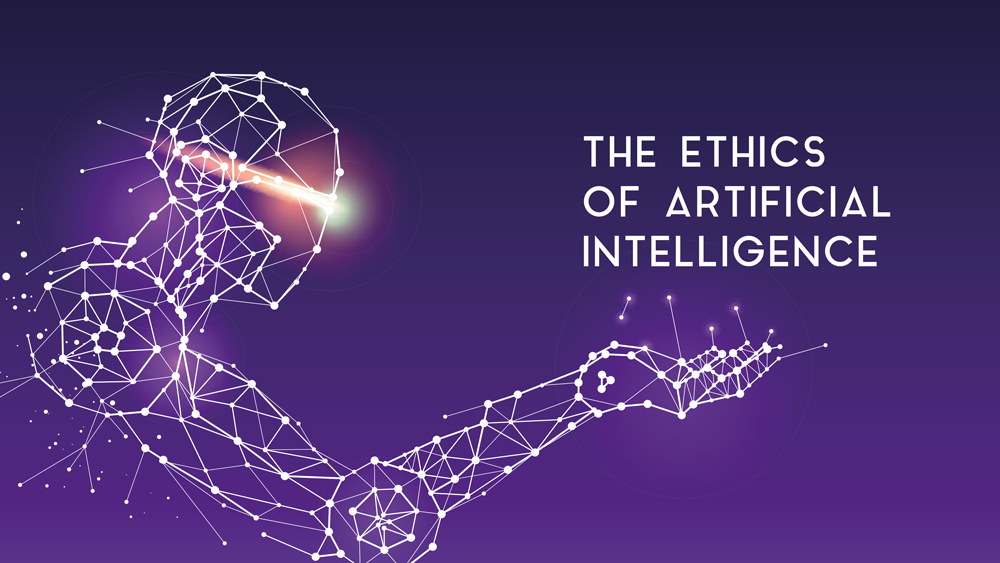
Have you ever wanted to collaborate with an artificial intelligence on a complex chemistry problem? Well, now you can. Meet Coscientist, the Al chemist that thinks like a scientist. Coscientist is an Al system developed by Anthropic PBC to work alongside human scientists as a partner in the lab. Unlike other Al tools that simply make predictions or recommendations, Coscientist reasons about chemistry like an expert scientist would. It forms hypotheses, designs experiments, analyzes data, and draws conclusions – just like you learned to do getting your chemistry degree. The best part is Coscientist never gets tired or bored of repetitive tasks and can work 24 hours a day, 7 days a week. If you’ve been dreaming of accelerating your research with the help of Al, your wish just came true. Say hello to your new lab partner, Coscientist.
Coscientist: An Al That Can Plan and Execute Chemical Reactions
Coscientist is an Al system developed by Anthropic PBC to plan and execute chemical reactions. Unlike other Al chemists, Coscientist was designed to think like a human scientist. It can understand the theory behind reactions and apply that knowledge to synthesize new molecules.
How Coscientist Works
Coscientist starts by studying thousands of known chemical reactions to understand patterns in how molecules are transformed. It identifies key properties of reactants and products, as well as the conditions needed for a reaction to occur. Coscientist then uses this knowledge to hypothesize how new molecules might be constructed through a series of feasible reactions.
Unlike rule-based expert systems, Coscientist has a “chemical intuition” that allows it to make educated guesses in the absence of complete data. It can propose reaction pathways that have a high likelihood of success based on its broad understanding of reactivity principles in organic chemistry. However, Coscientist is still limited to reactions that follow the rules of valence and molecular geometry. It cannot perform or suggest anything physically impossible.
Coscientist represents an exciting step toward automated molecular design. In the future, Al systems like Coscientist could help chemists discover or improve reactions faster and more efficiently. Coscientist could suggest pathways to create complex molecules that would otherwise take humans a long time to figure out. The key is that Coscientist provides options and explanations for its suggestions so chemists can evaluate the plausibility themselves based on their own expertise. A collaboration between human and Al will achieve far more than either could alone.
How Coscientist Learned Nobel Prize Chemistry in Minutes
Coscientist, the Al chemist, learned the discoveries and developments behind 115 Nobel Prizes in Chemistry in just minutes. By analyzing over a century’s worth of Nobel laureates and their groundbreaking work, Coscientist gained an understanding of chemistry that would normally take decades for humans to learn.
How did Coscientist do it?
Coscientist studied the key discoveries, theories, and techniques that led to each Nobel Prize by reading scientific papers, biographies, and summaries of the laureates’ work. Using its natural language processing abilities, Coscientist identified the most important concepts, relationships, and insights to build a broad and deep knowledge of chemistry:
Some of the major areas Coscientist focused on include:
- Quantum theory and quantum dots
- Chemical synthesis and new compounds
- Molecular biology and protein research
- Spectroscopy for analyzing molecular structures
- Electron microscopy for viewing individual atoms
In just a short time, Coscientist gained an understanding of chemistry that rivals that of an expert with years of study and practice. But Coscientist’s knowledge comes with some key advantages. As an Al system, Coscientist can instantly recall any of the details it has learned and connect concepts across domains in new ways. Coscientist also continues to expand and improve its knowledge over time based on the latest scientific discoveries and breakthroughs.
While Coscientist has learned a huge amount about the key discoveries and theories in chemistry from the Nobel laureates, it still requires human guidance to apply that knowledge to new problems or areas of research. But by collaborating with people, Coscientist has the potential to accelerate the pace of scientific progress and open up new possibilities for innovation. This partnership between human and Al could lead to the next era of groundbreaking discoveries in chemistry.
Al as a Collaborator
Al won’t replace human scientists but will augment and enhance their work. Al systems can analyze huge amounts of data to detect patterns that would be impossible for humans to find. They can also suggest hypotheses, experimental designs, and interpret results. Scientists and Al will collaborate, with each playing to their strengths. This human-Al partnership will vastly improve the rate and impact of scientific progress.
Democratizing Discovery
Al has the potential to democratize science by making advanced tools more accessible. Not every lab has access to expensive equipment and resources. Al can help level the playing field by enabling more scientists to participate in discovery and innovation regardless of their funding or background.
Solving Complex Problems
Some of the biggest scientific challenges involve highly complex systems with many interacting parts, like modeling the human brain or understanding climate change. Al is uniquely suited to help solve these kinds of problems. Al can analyze data from many domains to find connections and insights that lead to breakthroughs. This could accelerate progress on some of the most pressing and important scientific questions of our time.
The role of Al in science is still emerging but its potential is enormous. Al will become an increasingly invaluable partner to scientists, enabling discoveries that transform our world for the better. The future of Al in scientific discovery is an exciting prospect, and the future is now. Scientists, get ready to start collaborating!
Conclusion
So there you have it, the future of chemistry is here and its name is Coscientist.
With this Al system that can think creatively and scientifically just like humans, we’re entering an exciting new era of accelerated materials discovery. Instead of spending years testing different chemical combinations, Coscientist can run through thousands of experiments in a matter of days to find solutions you never imagined. While artificial intelligence won’t replace scientists anytime soon, tools like Coscientist will help expand our knowledge in ways we never thought possible. The future’s looking bright for chemistry and for humanity as a whole. The age of Al is here, and it’s ready to get to work solving our biggest challenges.
Links worth visiting:
How artificial intelligence can revolutionise science?
Role of artificial intelligence in chemistry
Sources:
The article was written usings Hypotenuse AI and is based on a ScienceDaily article.








